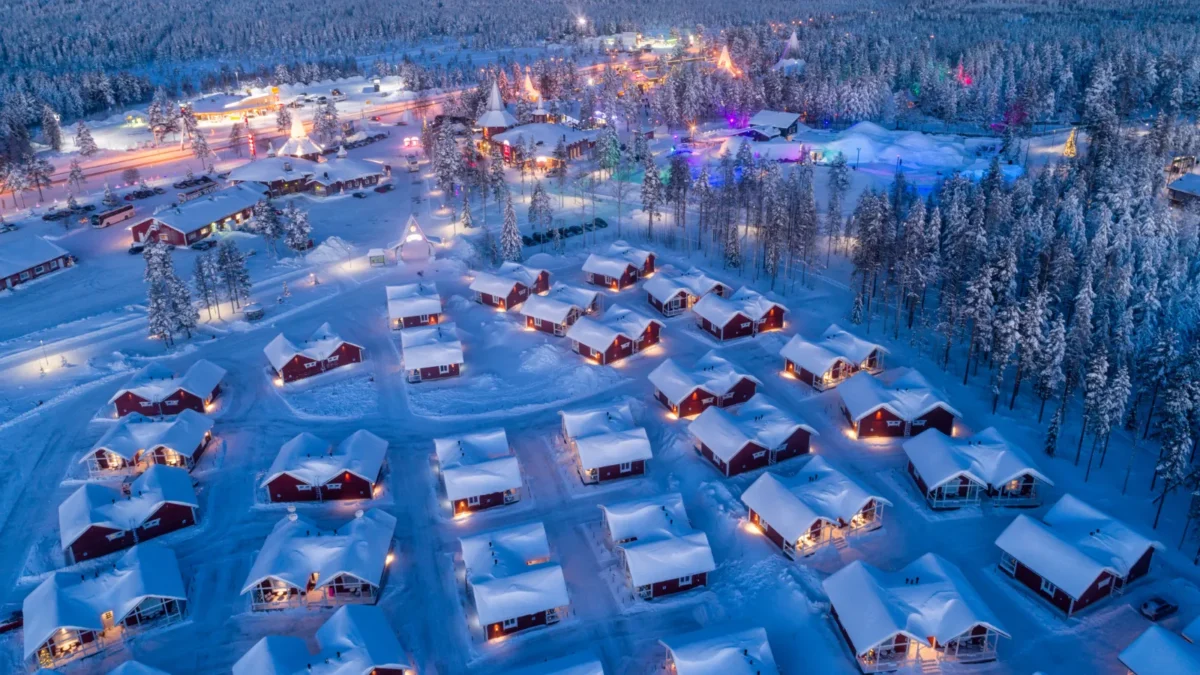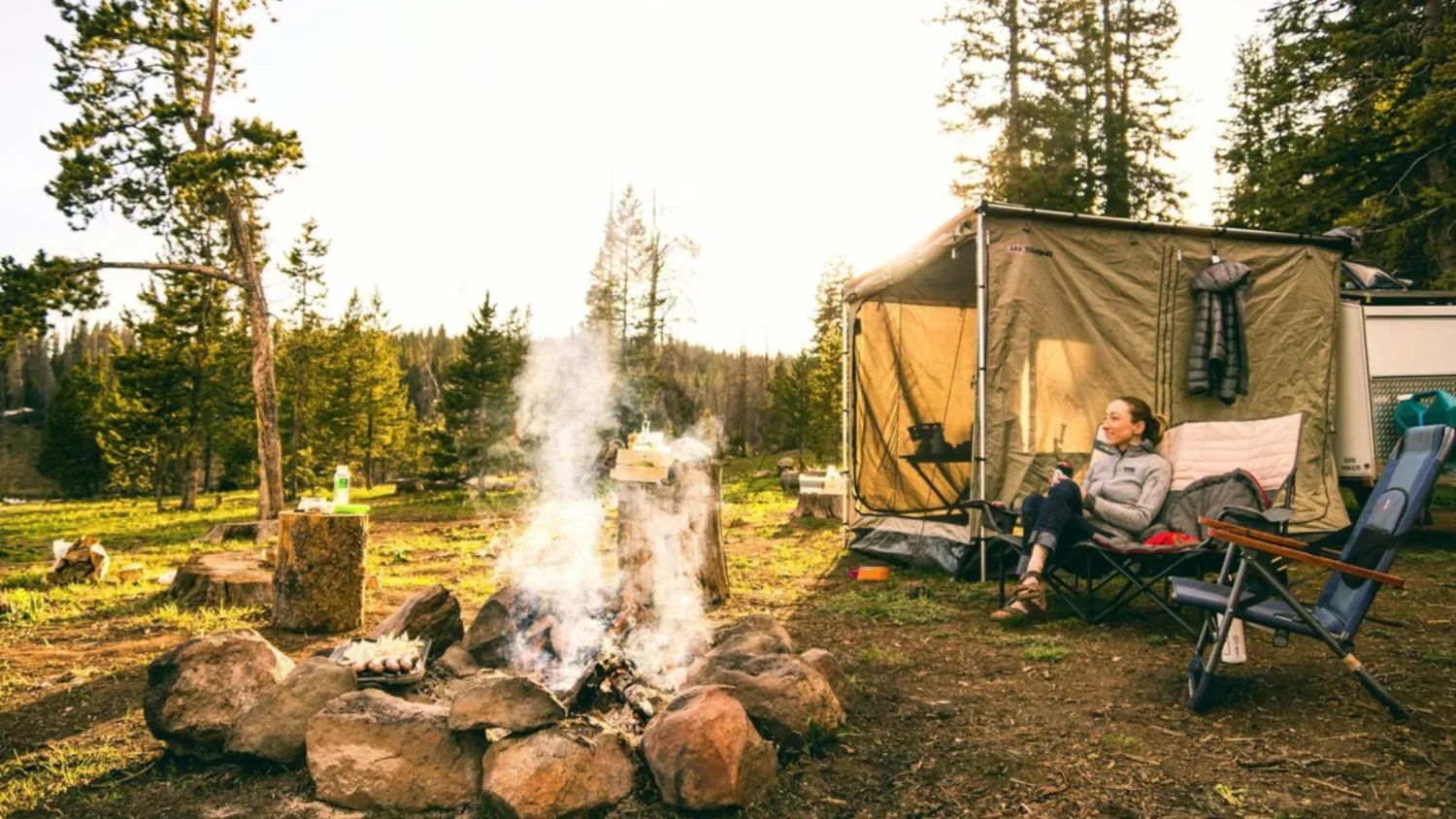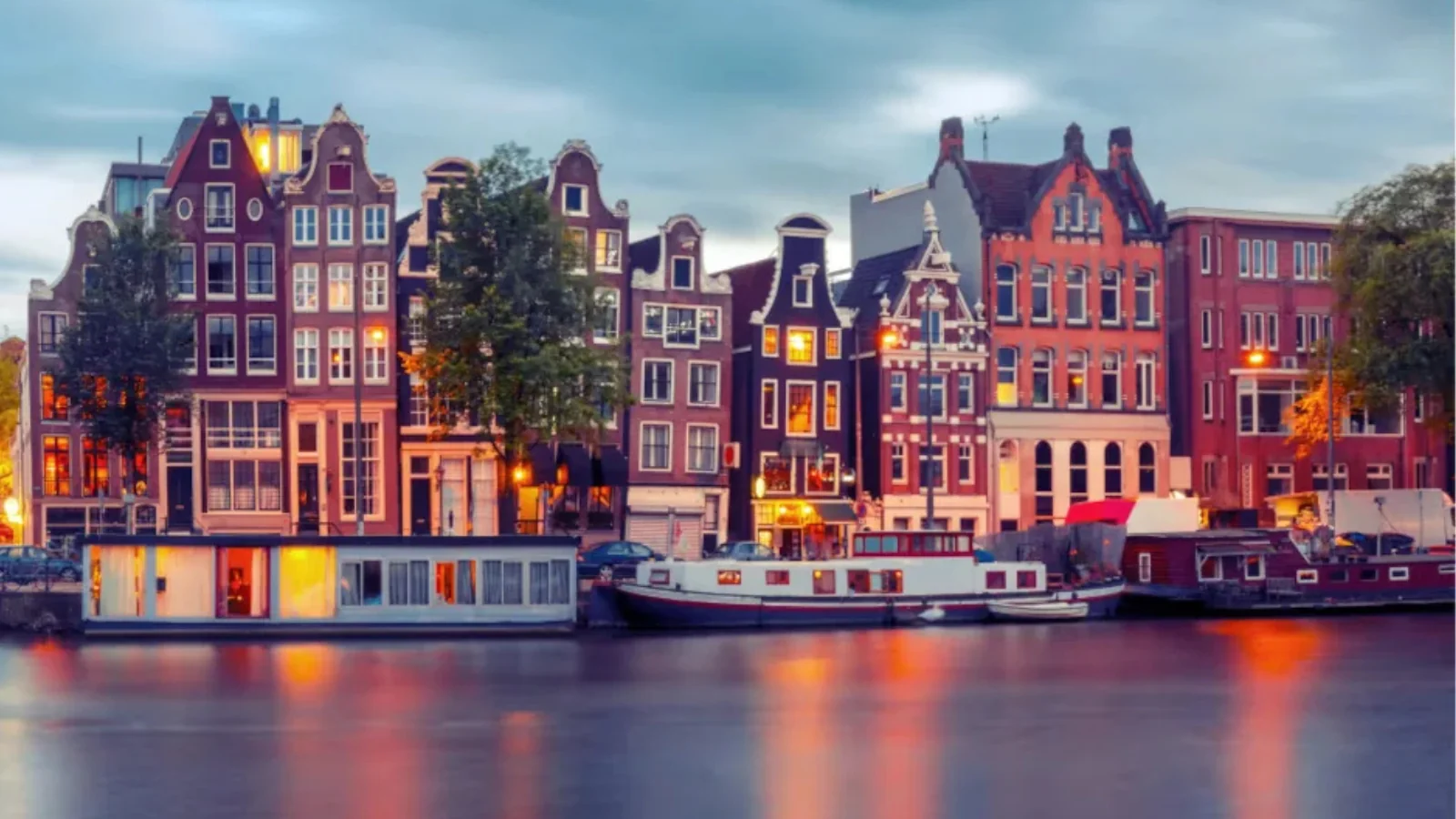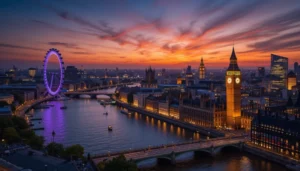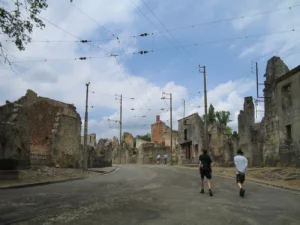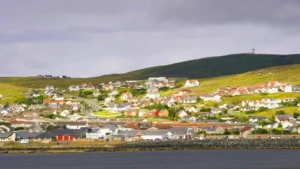- Home
- TRAVEL TIPS
- How to Travel in Northernmost Part of Canada
How to Travel in Northernmost Part of Canada
DigitalrezaidDESTINATIONS, Activities, COUNTRY GUIDES, Planning, TRAVEL TIPS3 months ago4.3K Views
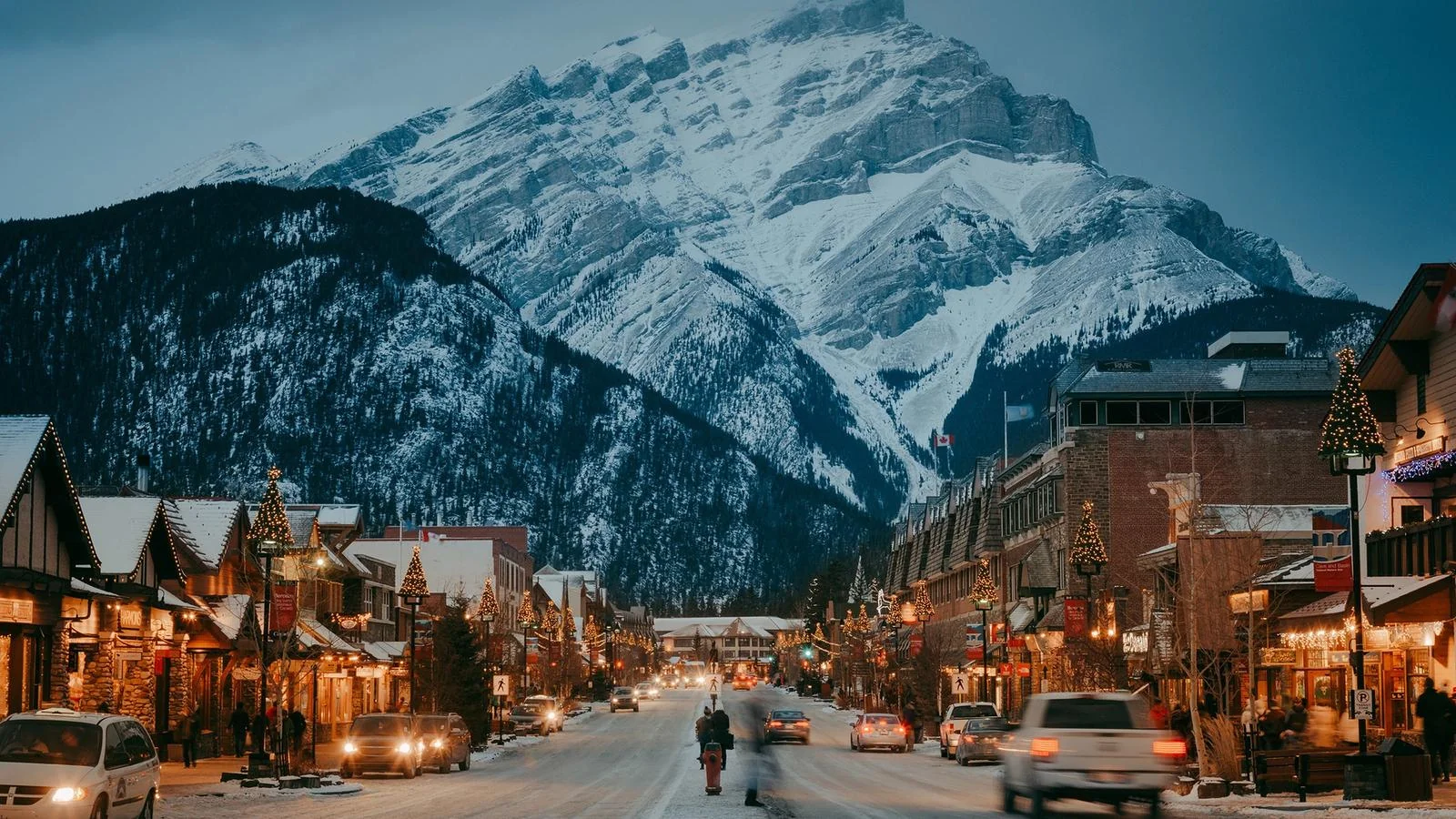
Travelling to the extreme North of Canada means entering an Arctic adventure where the grand tundra, lonesome communities, and frozen coastlines await their ice-cold guests. This is a strategically planned journey whose greatness comes with the primal beauty of nature and long-lasting experiences imprinted in the minds of the travelers. If you’re interested in planning such trips professionally, you can become a travel agent in Ontario. The process includes meeting certification requirements and understanding travel industry regulations.
Now, let us go through how you will get there.
Reaching the Far Travel in Northernmost Canada
How to Get There
Nunavut, Northwest Territories, and Yukon- the northernmost parts of Canada- are very remote and hard to reach as compared with the conventional modes of transportation. In addition to travel planning, such vast areas and extreme weather conditions require extreme planning for travel.
Almost all northern subdivisions will use air travel as their major travel connections to different towns and cities of the northern countries. The major entry points for these are Ottawa, Yellowknife, Edmonton, and Winnipeg. These southern hubs have scheduled regional carriers Canadian North, Air North, and First Air that fly to destinations such as Iqaluit (the capital city of Nunavut), Inuvik (within the Northwest Territories), and Old Crow (in Yukon). These flights are indeed meant for visitors but also serve to deliver supplies and important residents’ links.
While limited, road access is available to some northern parts. The Dempster Highway runs some 740 km in length from Dawson City in the Yukon to Inuvik, one of the few overland routes into the Arctic Circle. Once you get to Inuvik, you can drive the Inuvik-Tuktoyaktuk Highway onward to the Arctic Ocean. Isn’t that a rare and downright thrilling experience?
In the brief summer excursion, boat travel becomes possible in coastal regions and rivers. However, it is usually not done for a vacation, unless through guided tours or research expeditions; it is a hallmark of the locals and adventurers. Some cruise companies make possible Arctic voyages through the Northwest Passage, which is possible but costly to experience in the North.
Navigating the Arctic Once You’re There
Your method of travel will be very greatly influenced by the particular season and area. In such small localities, you’ll almost never find public transport systems or car rentals. Locals do their short wintery trips by either ATVs, snowmobiles, or, in rare cases, dog sledding teams. During summer, walking trips are possible as most towns are small and compact.
Air travel is again a way to travel in-between communities. A limited number of isolated villages are connected by charter flights or scheduled bush plane services, weather permitting. Flexibility is a prerequisite; there are many weather-induced delays and cancellations.
When to Travel in Northernmost Canada Visit
Seasons of the Arctic
- Summer is the best and most comfortable time to visit from June to August. The temperature rises well above freezing, and 24-hour daylight dominates the sky in most places. It’s also prime time for wildlife sightings—such as caribou and arctic foxes—and travel by boat or floatplane. In reality, it’s mostly the only time most roads are open. For more, see where to travel in August in the USA. The guide shares ideal U.S. spots to explore with great weather and seasonal highlights.
Winter, lasting from November to March, transforms the far north into a thrilling destination for adventure seekers. With temperatures dropping to -40°C, it offers unique experiences like the northern lights, dog sledding, and snowshoeing. Travelers should prepare for extreme cold and limited daylight. For more travel ideas during this season, check out where to travel in November in the USA, featuring top spots perfect for winter exploration.
- In spring and fall, the shoulder seasons are notoriously unpredictable and, therefore, largely missed because of melting ice, muddy roads, and fewer services.
Must-See Experiences in the Travel in Northernmost Canada
The northern limits of Canada abound with natural wonders and culturally rich endeavors. Some highlights are:
Tuktoyaktuk in the Northwest Territories is famed for being the only place in Canada where you can dip into the Arctic Ocean by road after making the journey there.
Iqaluit, Nunavut– Where Inuit culture, art, and modernity mingle- is the capital. The city opens on one side to Auyuittuq National Park, with its dramatic fjords, glaciers, and peaks like Mount Thor.
Old Crow is a truly remote Canadian flying-in community with a deep Indigenous heritage, making it a perfect getaway for those wanting cultural experiences.
Aurora viewing in winter is rightly said to be the best in the world. Yellowknife and nearby Inuvik present a combined display so brilliant that it can be seen most nights from the comfort of your own lodge or hotel room.
Inuvik to Tuktoyaktuk Drive: The northernmost road in North America offers unforgettable views of tundra and pingos—ice-cored hills unique to Arctic landscapes.
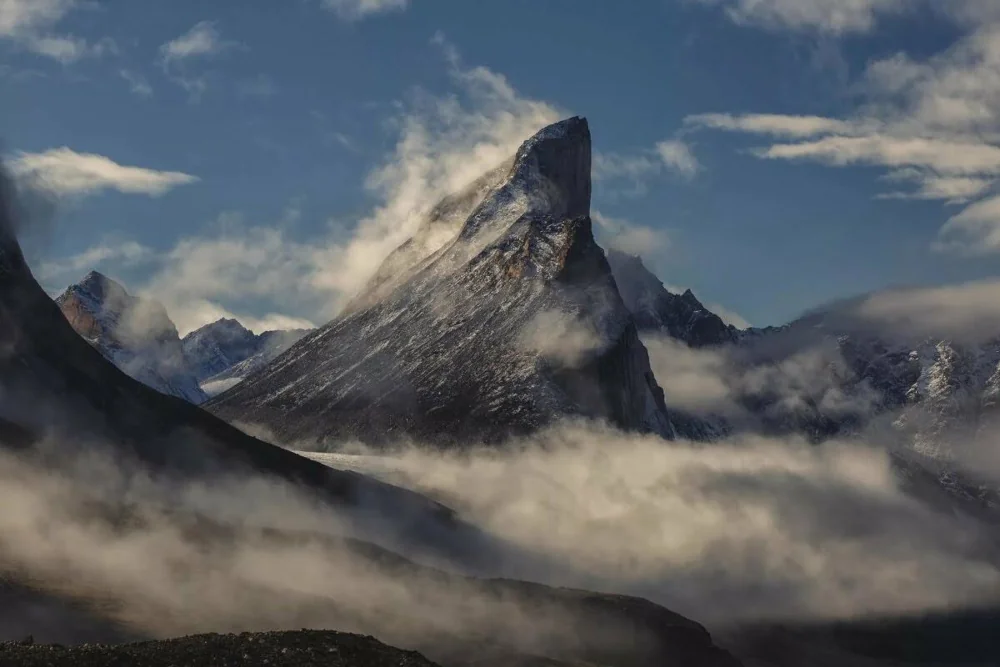
Respecting Land and People in Northernmost Canada
Wandering in the Arctic is not only one of the aspects of getting to new places but also the whole added feeling of being in the land full of people who have been there long ago at its very beginning. Among the indigenous cultures, there are the many rich traditions, languages, and systems of knowledge about life in the North from the Inuit to the First Nations people.
All visitors are invited to the cultural immersion experience within the communities, like throat singing, storytelling, and learning old traditional arts or crafts. Economically, tourism supports the communities; however, respect and humility are crucial. Always ask permission before taking a photo of a person or sacred site, and follow local customs.
Final Tips for Arctic Travel
- Pack for all conditions—weather can change rapidly.
- Book early—accommodations are limited and fill up fast.
- Bring backup supplies—medical services and stores may be sparse.
- Be patient and flexible—delays are part of the experience.
Conclusion
When in Canada’s north, one should be prepared, flexible and show respect. Those who face this expedition find themselves in one of the planet’s rare unexplored parts. Letting the Arctic Ocean caress your feet, staring at the northern lights above or learning from Arctic communities are just a few unforgettable moments you can have in Northern Canada.
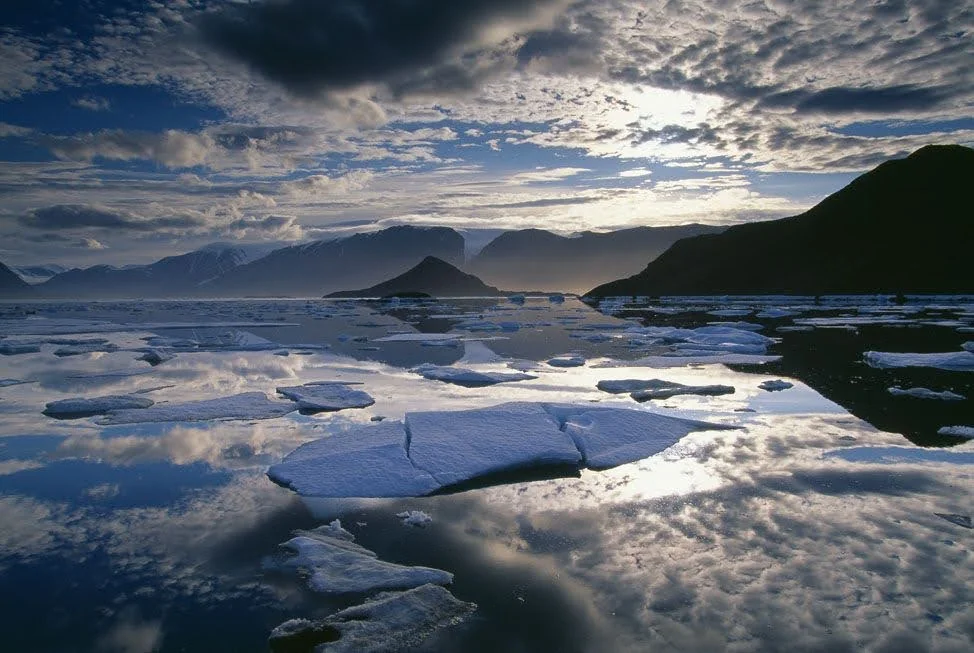
FAQs
Can I drive to the northernmost parts of Canada?
You can take the Dempster Highway and the Inuvik-Tuktoyaktuk Highway to reach certain northern communities by car. Nunavut and other northern Canadian places can only be reached through air transportation.
Do I need a special permit to visit remote northern communities?
Usually not, but there are a few places that require permits, especially national parks or Indigenous territories. Always check with local tourism offices for specific areas.
How expensive is travel in Northern Canada?
Traveling here is more expensive than average. Because of the area’s remoteness and transportation of goods, everything, including flights, accommodations, and food, is more expensive.
Is it safe to travel in the Far North?
In general, yes, these communities are safe and very friendly places to be. But the weather in the Far North follows extreme variations, and many services are limited or do not exist. Thus, it is important to prepare accordingly.
Related Posts
Stay Informed With the Latest & Most Important News
Previous Post
Next Post
Previous Post
Activities3 months ago
What to Do in Hazen Camp
Next Post
DESTINATIONS3 months ago











